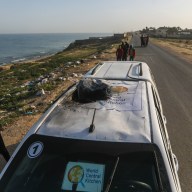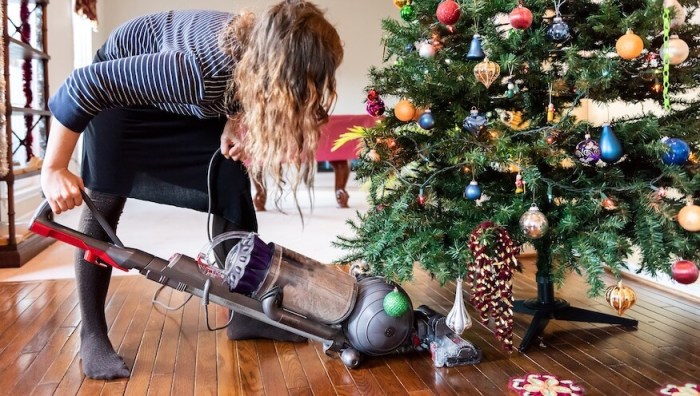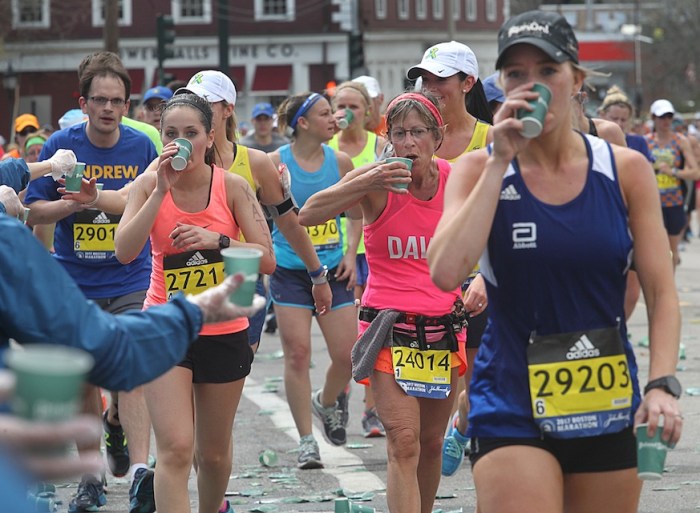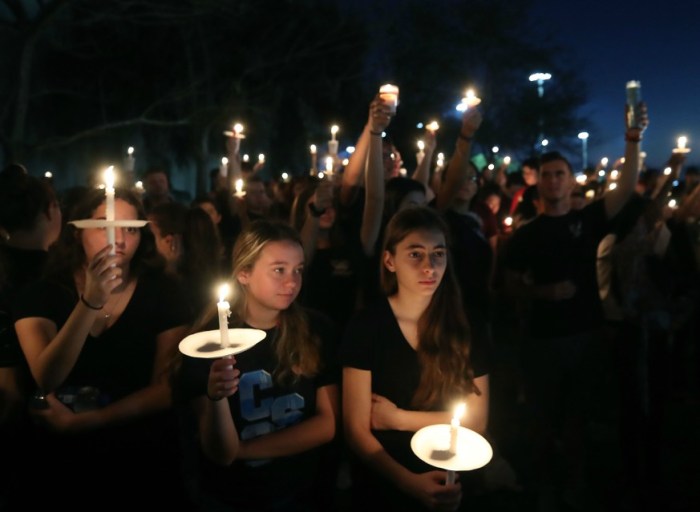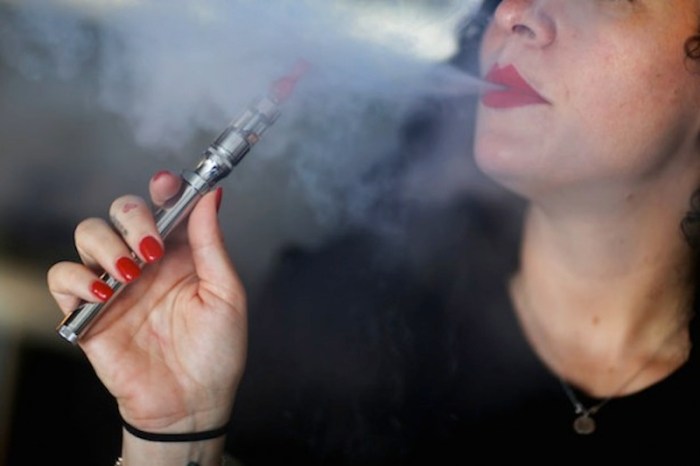The cold weather has been here for weeks, yet flu has barely made the headlines, crowded out by enterovirus. Though it usually passes as a seasonal respiratory illness without much notice, the virus has severely sickened people, mostly young children, in 47 states, killing 12. While the end of fall brings the peak season for enterovirus to a close, it also marks the beginning of respiratory syncytial virus (RSV), the leading cause of hospitalization for children during their first year of life, with an average of 125,000 doctor visits and as many as 200 deaths in the U.S. annually — eight times more than the flu. We asked pediatrician Dr. Deborah Friedman of Maria Ferrari Children’s Hospital about this seasonal illness and what we can expect.
Will it be as bad as enterovirus? The severity of this year’s enterovirus outbreak was because of the particularly aggressive strain that circulated widely, which had only been seen in rare cases in past years. Friedman says that with RSV, there is no similar risk. “RSV doesn’t mutate on a year-to-year basis the same way influenza does, or Enterovirus-D68; it always seems to be the same sorts of strains.” Who is at risk? “Most children will have exposure to this virus by the time they’re 2 years old, and in most cases, it’s simply a head cold – runny nose, little or no fever, etc.,” Friedman says. “However, we do know that in those children who are at risk for RSV, serious infection can occur.” Those include babies born prematurely, with chronic lung disease or congenital heart disease. But the virus has also sickened nursing home residents, as Friedman stresses that we never develop lifelong immunity. “It can be a very serious disease, although it’s very common.” How is it spread? Like the cold, RSV is transmitted person-to-person through fluids like mucus. Sneeze into the crook of your elbow for maximum containment of germy phlegm.
What are the symptoms? RSV infection “can present as just a little head cold, little running nose or sneezing. It’s not one of those illnesses that gives you a high fever with flu-like symptoms,” Friedman says. There can also be wheezing, a sign of bronchiolitis. What do once you’re sick: Like a regular cold, if the fever is mild and the sick person is still eating and drinking, just wait it out. But if the child stops drinking, that’s when a doctor should be consulted. “Secondly, if the child is really having difficulty breathing – that is breathing fast, flaring the nostrils, tugging at breathing – certainly you would bring the child in for emergency care.” What is the treatment? There is no cure for RSV, so protecting against this highly contagious virus is critical. “Treatment is only supportive: observation, hydration and oxygen if needed. There is no medicine that makes it better, there is nothing that make sit go away or stops it from coming back.” How can we prevent it? Friedman has her own rule of three for this: “Hand-washing, hand-washing, hand-washing,” after touching not just a sick person but anyone, including your co-workers. “We used to talk in the workplace about absenteeism – now we talk about presenteeism, that is to say, if you come to work sick, you’re just gonna give it to everybody.” For the upcoming holidays, warn relatives that your baby may be sick, or ask them to stay home if they’re sick. One other way, for the most at-risk kids, is a monthly injectable drug called Synagis. “It’s not a vaccine, but a manufactured antibody that protects children from getting the infection.” Synagis reduces infection rates by at least 50 percent, Friedman says.
Protect your family from RSV, the virus that sickens more kids than flu
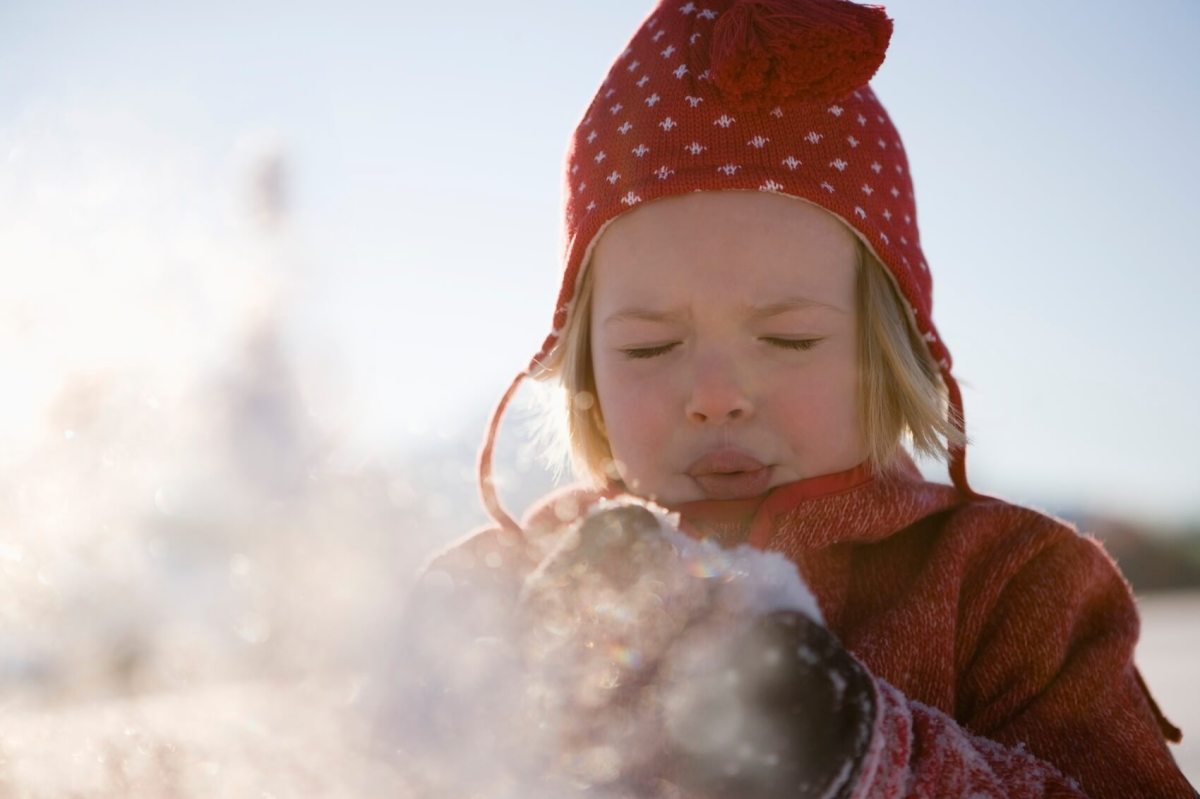
Stockbyte






